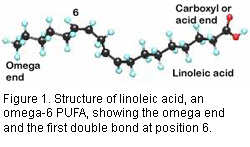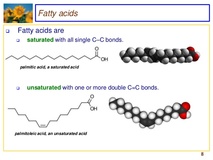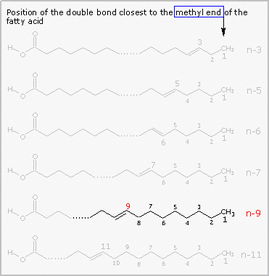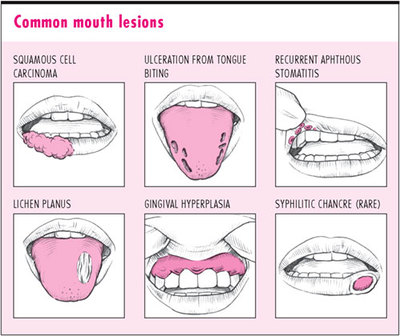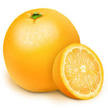
For example, if people are obsessed with germs or dirt, they may develop a compulsion to wash their hands over and over again. Other common rituals are a need to repeatedly check things, touch things (especially in a particular sequence), or count things. Healthy people also have rituals, such as checking to see if the stove is off several times before leaving the house. The difference is that people with obsessive-compulsive disorder (OCD) perform their rituals even though doing so interferes with daily life and they find the repetition distressing.


